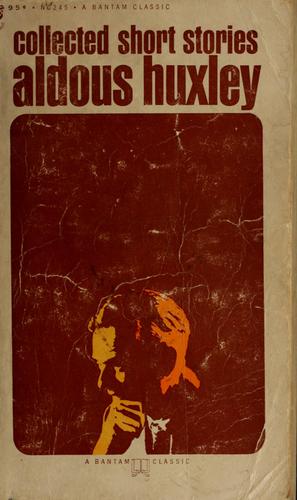
Eupompus Gave Splendour to Art by Numbers
“He was, of course,” said Emberlin, “occupied in giving splendour to Art by Numbers. And this, as far as I can gather from Zuylerius, is how it all happened. He just suddenly fell in love with numbers head over ears, amorous of pure counting. Number seemed to him to be the sole reality, the only thing about which the mind of man could be certain. To count was the one thing worth doing, because it was the one thing you could be sure of doing right. Thus, art, that it may have any value at all, must ally itself with reality must, that is, possess a numerical foundation.
He carried the idea into practice by painting the first picture in his new style. It was a gigantic canvas, covering several hundred square feet I have no doubt that Eupompus could have told you the exact area to an inch and upon it was represented an illimitable ocean covered, as far as the eye could reach in every direction, with a multitude of black swans. There were thirty-three thousand of these black swans, each, even though it might be but a speck on the horizon, distinctly limned. In the middle of the ocean was an island, upon which stood a more or less human figure having three eyes, three arms and legs, three breasts and three navels. In the leaden sky three suns were dimly expiring. There was nothing more in the picture; Zuylerius describes it exactly. Eupompus spent nine months of hard work in painting it. The privileged few who were allowed to see it pronounced it, finished, a masterpiece. They gathered round Eupompus in a little school, calling themselves the Philarithmics. They would sit for hours in front of his great work, contemplating the swans and counting them; according to the Philarithmics, to count and to contemplate were the same thing.
Eupompus’ next picture, representing an orchard of identical trees set in quincunxes, was regarded with less favour by the connoisseurs. His studies of crowds were, however, more highly esteemed; in these were portrayed masses of people arranged in groups that exactly imitated the number and position of the stars making up various of the more famous constellations. And then there was his famous picture of the amphitheatre, which created a furore among the Philarithmics. Zuylerius again gives us a detailed description. Tier upon tier of seats are seen, all occupied by strange Cyclopean figures. Each tier accommodates more people than the tier below, and the number rises in a complicated but regular progression. All the figures seated in the amphitheatre possess but a single eye, enormous and luminous, planted in the middle of the forehead: and all these thousands of single eyes are fixed, in a terrible and menacing scrutiny, upon a dwarf-like creature cowering pitiably in the arena … He alone of the multitude possesses two eyes.
“I would give anything to see that picture,” Emberlin added, after a pause. “The colouring, you know; Zuylerius gives no hint, but I feel somehow certain that the dominant tone must have been a fierce brick-red a red granite amphitheatre filled with a red-robed assembly, sharply defined against an implacable blue sky.”
“Their eyes would be green,” I suggested.
Emberlin closed his eyes to visualize the scene and then nodded a slow and rather dubious assent.
“Up to this point,” Emberlin resumed at length, “Zuylerius’ account is very clear. But his descriptions of the later art become extremely obscure; I doubt whether he understood in the least what it was all about. I will give you such meaning as I manage to extract from his chaos. Eupompus seems to have grown tired of painting merely numbers of objects. He wanted now to represent Number itself. And then he conceived the plan of rendering visible the fundamental ideas of life through the medium of those purely numerical terms into which, according to him, they must ultimately resolve themselves. Zuylerius speaks vaguely of a picture of Eros, which seems to have consisted of a series of interlacing planes. Eupompus’ fancy seems next to have been taken by various of the Socratic dialogues upon the nature of general ideas, and he made a series of illustrations for them in the same arithmogeometric style. Finally there is Zuylerius’ wild description of the last picture that Eupompus ever painted. I can make very little of it. The subject of the work, at least, is clearly stated; it was a representation of Pure Number, or God and the Universe, or whatever you like to call that pleasingly inane conception of totality. It was a picture of the cosmos seen, I take it, through a rather Neoplatonic camera obscura very clear and in small. Zuylerius suggests a design of planes radiating out from a single point of light. I dare say something of the kind came in. Actually, I have no doubt, the work was a very adequate rendering in visible form of the conception of the one and the many, with all the intermediate stages of enlightenment between matter and the Fons Deitatis. However, it’s no use speculating what the picture may have been going to look like. Poor old Eupompus went mad before he had completely finished it and, after he had dispatched two of the admiring Philarithmics with a hammer, he flung himself out of the window and broke his neck. That was the end of him, and that was how he gave splendour, regrettably transient, to Art by Numbers.”
Emberlin stopped. We brooded over our pipes in silence; poor old Eupompus!







